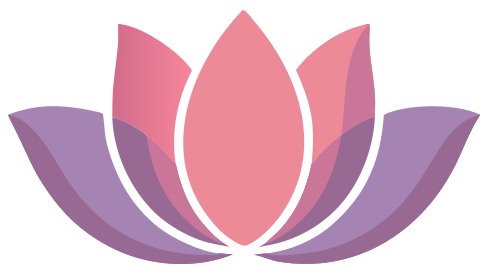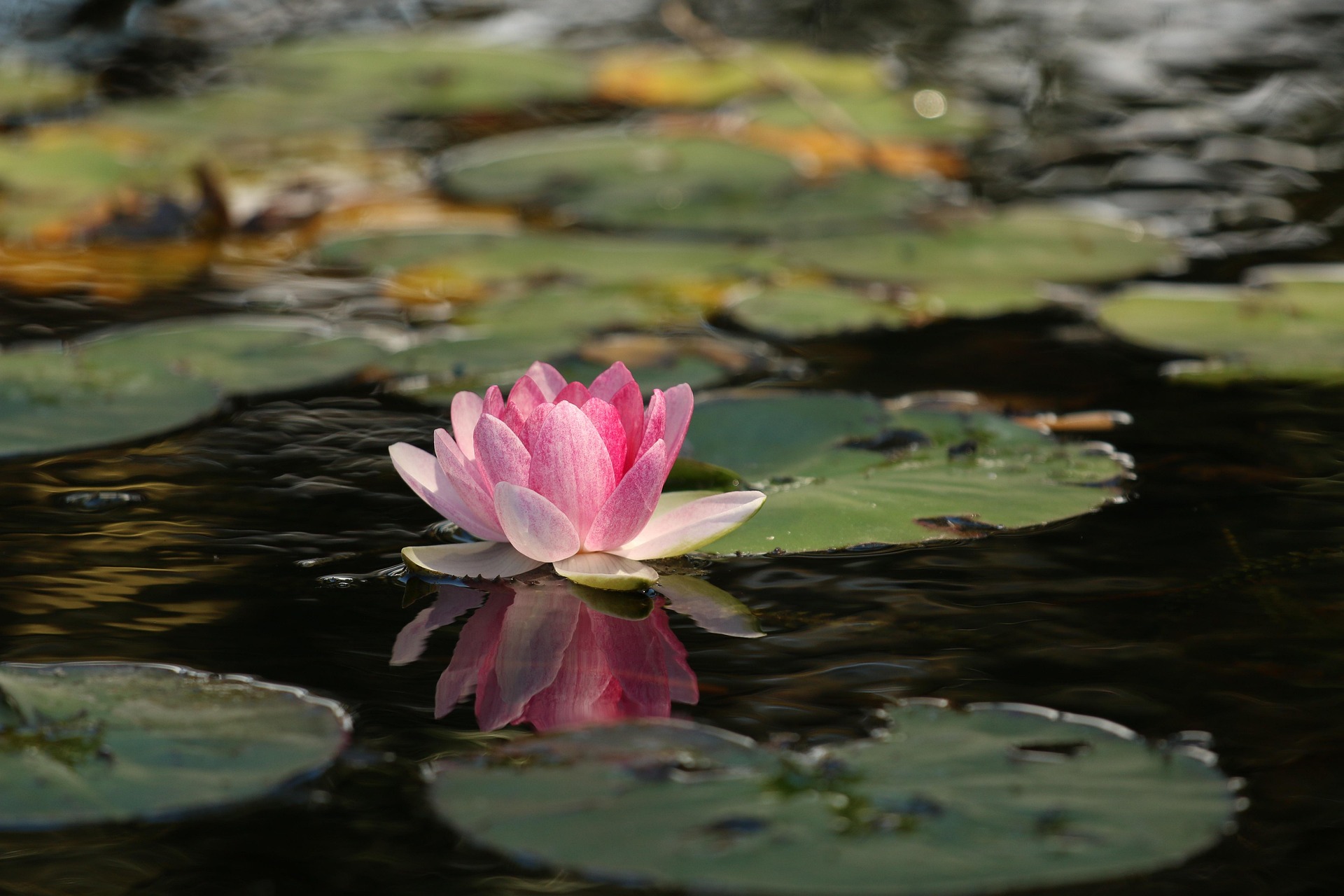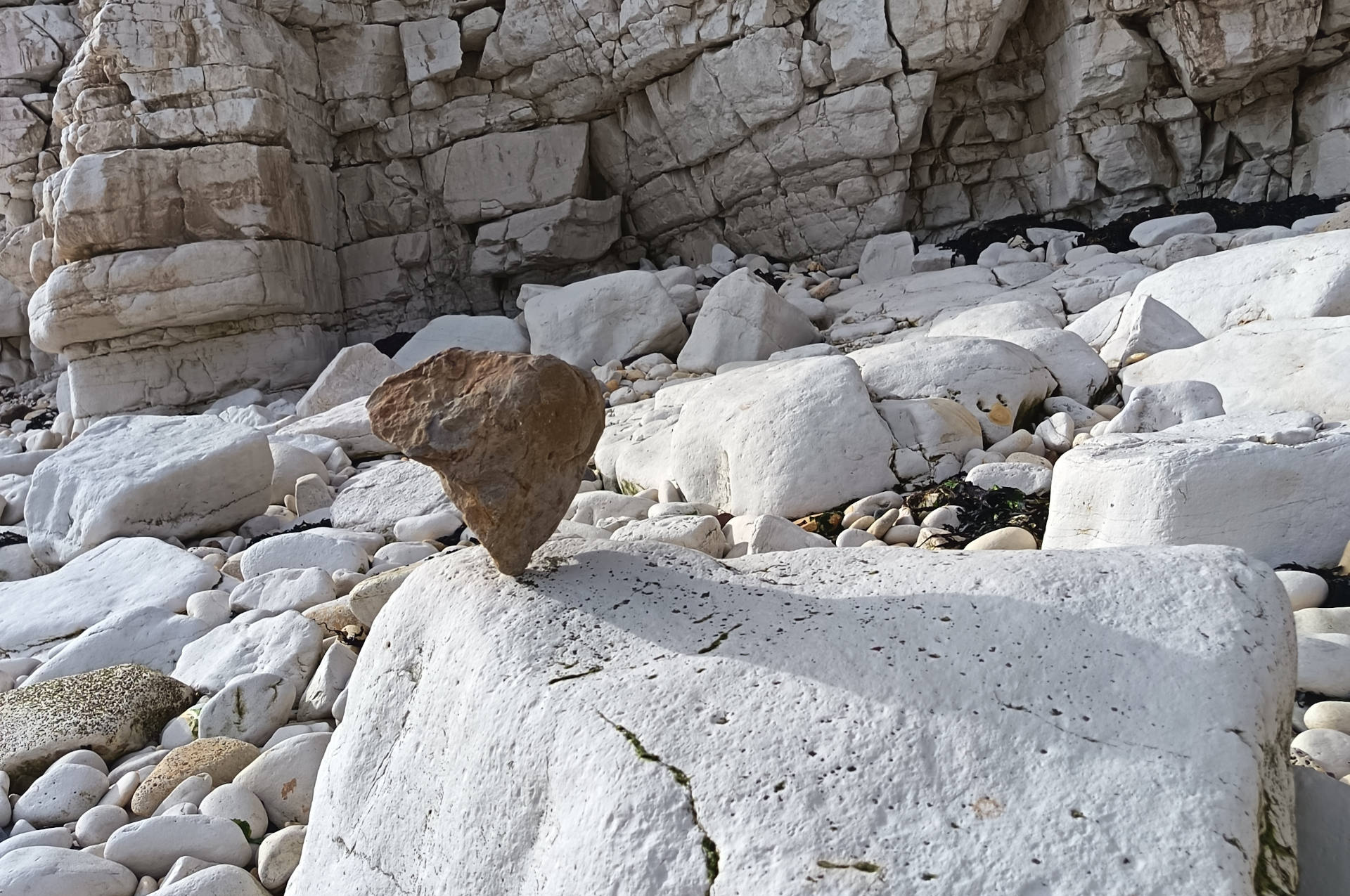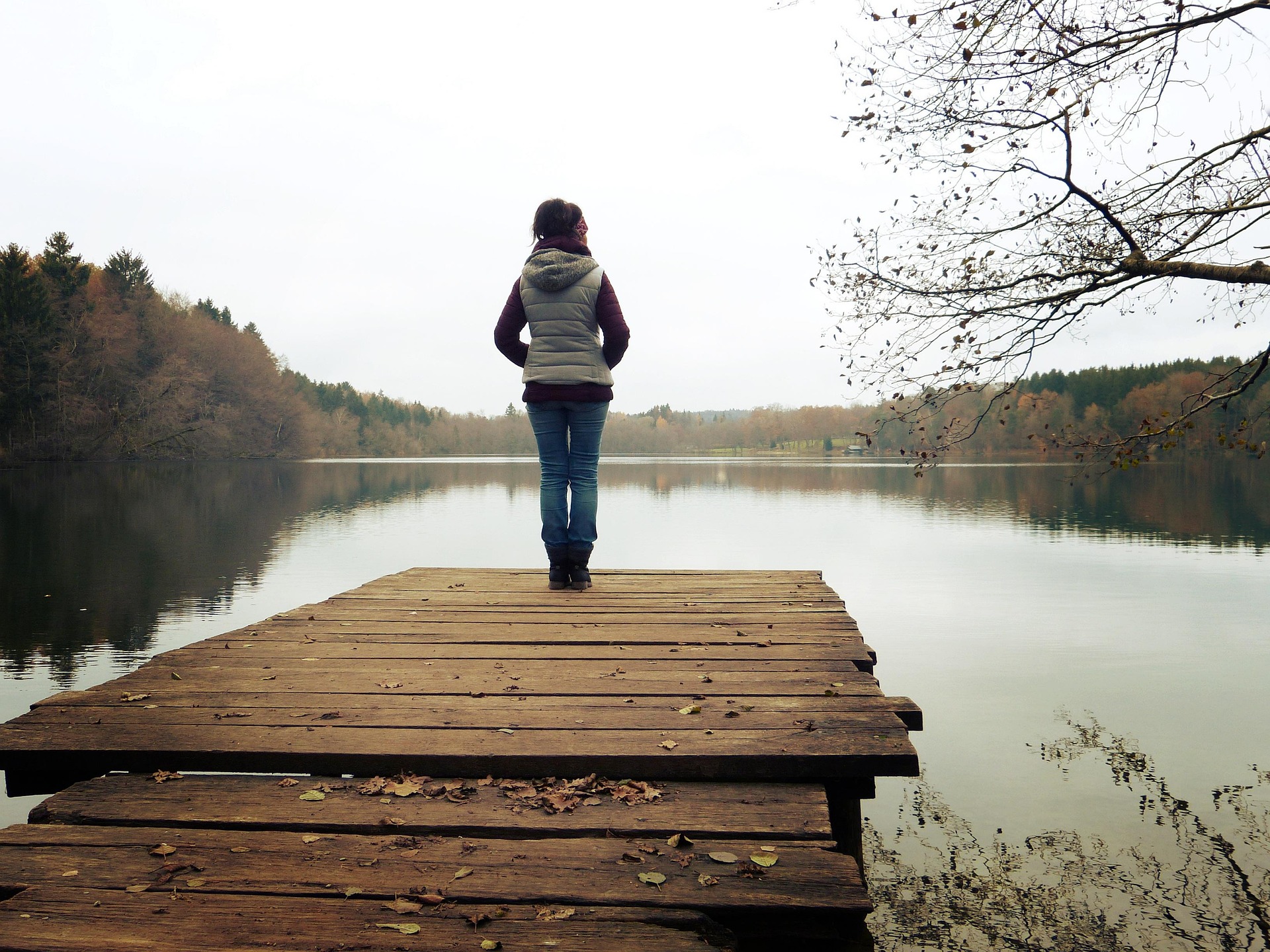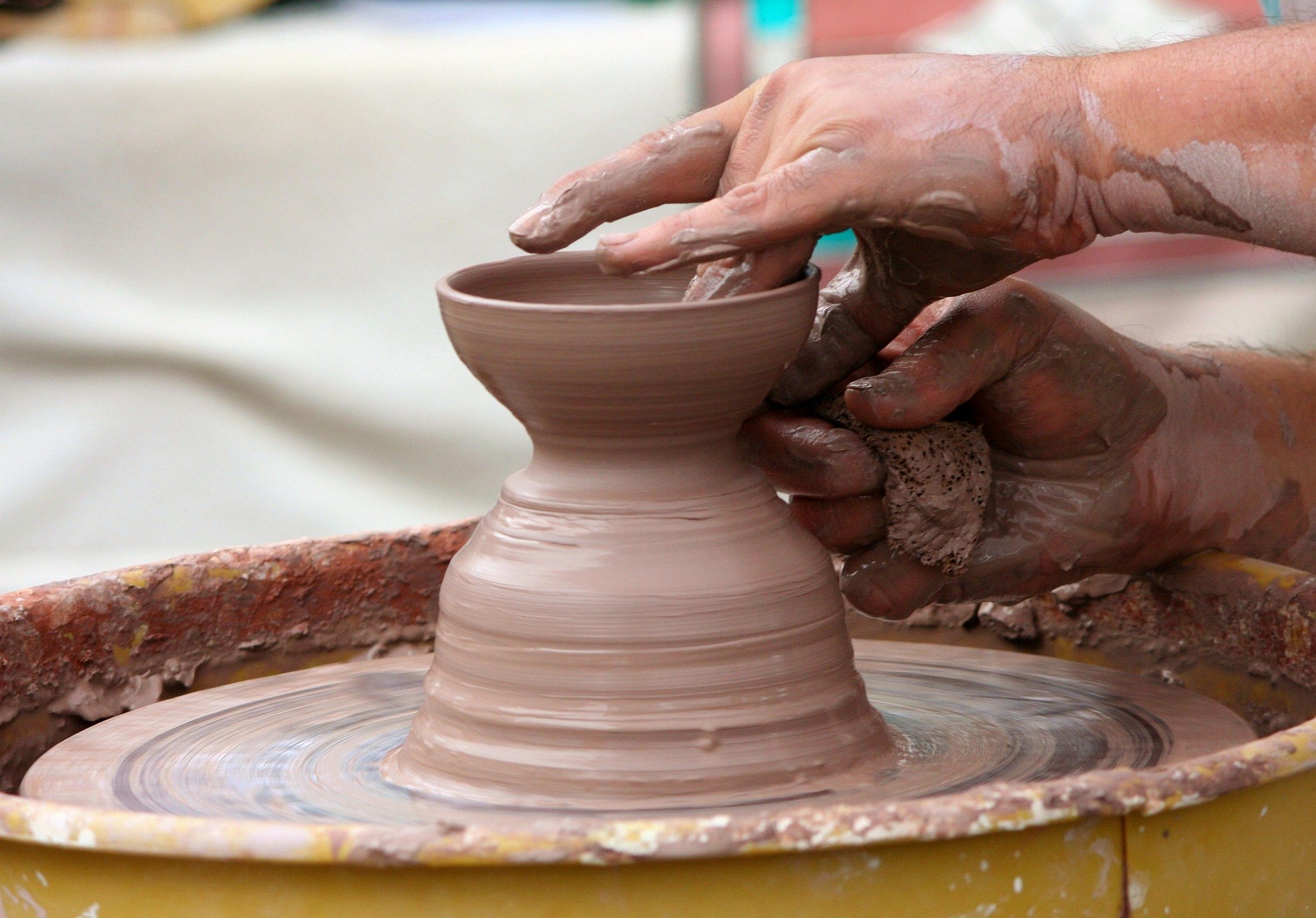When I tell people I’m interested in tantra, I watch their faces change. Some smile knowingly. Some look uncomfortable. Some lean in with curiosity that feels… loaded.
“Oh, so it’s about sex?”
And there it is. The misunderstanding that follows tantra everywhere. Yes and no. Mostly no. But also, it’s complicated.
Because tantra has been so misrepresented, so simplified, so sexualized in popular culture that most people have no idea what it actually is. And honestly? I had my own misconceptions.
So let’s start over. From the beginning.
What Tantra Actually Means
The word “tantra” comes from Sanskrit and roughly translates to “weaving” or “expansion.”
It’s about weaving together all aspects of existence, body and spirit, darkness and light, pleasure and pain, the human and the divine. It’s about expanding consciousness through direct experience rather than through denial or transcendence.
I see this principle alive in my practice of balancing stones. Finding that perfect point where forces meet and harmonise, left and right, up and down, forward and back. It’s not about forcing or controlling, it’s about feeling, listening, adjusting until you discover the natural equilibrium that was always there, waiting to be found.
This is tantra. Balance. Union. Connection.
Tantra is not a single practice. It’s a philosophy. A way of seeing. A path.
It originated in India over 1,500 years ago as a radical departure from the ascetic traditions that dominated spiritual life at the time. While other paths said “Deny the body to reach enlightenment,” tantra said something revolutionary:
“The body is not an obstacle to enlightenment. It’s a gateway.”
The Core Principles of Tantra
At its heart, tantra rests on several foundational ideas:
1. Everything Is Sacred
In tantric philosophy, there’s no separation between the spiritual and the material, the sacred and the mundane. Your body is sacred. Your breath is sacred. Your sexuality is sacred. Your humanness is sacred.
This means that washing dishes can be a spiritual practice. That eating can be meditation. That making love can be prayer.
Nothing needs to be transcended or escaped. Everything can be experienced as divine.
2. Consciousness Pervades Everything
Tantra teaches that consciousness, pure awareness, is the fundamental nature of reality. It’s not something you achieve or attain. It’s what you already are, beneath all the conditioning and stories.
The practices of tantra are designed to help you recognise this. To wake you up to what’s already here.
3. The Body Is the Temple
Unlike many spiritual traditions that view the body as something to be controlled or overcome, tantra honours the body as the vehicle through which we experience life and awaken consciousness.
You don’t transcend the body. You inhabit it fully.
This is why breath, movement, sensation, and yes – sexuality – are all part of tantric practice. Not as indulgences, but as doorways to presence.
4. Polarity and Union
Tantra recognises the play of opposites: masculine and feminine, active and receptive, Shiva and Shakti. These aren’t gender roles; they’re energetic qualities present in everyone.
The practice is about bringing these polarities into balance and union, both within yourself and in relationship with others.
5. Direct Experience Over Belief
Tantra doesn’t ask you to believe anything. It asks you to experience. To feel. To witness. To be present with what is.
It’s not a religion. It’s an experiment in consciousness.
What Tantra Is NOT
Let’s clear up some common misconceptions:
It’s NOT Just About Sex
This is the biggest myth. Yes, tantra includes sexuality as one aspect of human experience. But tantric sexuality is vastly different from what most people imagine.
It’s not about performance, conquest, or gratification. It’s about presence, energy, connection, and consciousness. Sex becomes a meditation, a practice of awareness rather than a pursuit of pleasure alone.
But here’s the thing: most tantric practices have nothing to do with sex at all. They involve breath, meditation, movement, ritual, mantra, visualisation, and deep inner work.
Sex is one colour in a vast spectrum. Not the whole painting.
It’s NOT a Seduction Technique
Some people approach tantra as if it’s a seduction technique or a way to have “better sex.” And sure, when you bring more presence and awareness to intimacy, it transforms. But that’s a side effect, not the goal. Tantra isn’t about getting something. It’s about being fully present with what is.
It’s NOT Just a Set of Techniques
Tantra is a philosophy of living, a way of being present with yourself and with others in everyday life.
It’s not separate from your daily interactions. It lives in how you listen to a friend, how you breathe through a difficult conversation, how you show up with honesty when it’s uncomfortable.
Yes, there are practices, breathwork, meditation, and ritual. But these aren’t ends in themselves. They’re invitations to bring more awareness, more presence, more aliveness into every moment.
Tantra is a way of walking through the world, not a destination you arrive at.
It’s NOT Separate from Ordinary Life
You don’t need to retreat to a mountaintop or attend endless workshops to practice tantra. It happens here, in your relationships, in your work, in how you move through your day.
It’s about bringing consciousness to the mundane. Washing dishes with full presence. Listening to someone without planning your response. Feeling your feet on the ground as you walk.
Tantra is lived between people, in connection, in the messiness of being human together.
Tantric Practices: A Glimpse
So what does tantric practice actually look like? Here are a few examples:
Breathwork
Conscious breathing to move energy, calm the nervous system, and expand awareness. The breath is seen as a direct link between body and consciousness.
Meditation
Not just sitting in silence, but active practices of witnessing, feeling, and being present with sensation, emotion, and thought.
Rituals
Creating sacred space, honouring transitions, blessing the body. Ritual transforms the ordinary into the conscious.
Movement
Dance, yoga, shaking, anything that brings you into your body and moves stagnant energy.
Sacred Sexuality
When sexuality is included, it’s practised with full presence, breath, eye contact, and intention. The goal isn’t orgasm, it’s connection, energy flow, and expanded consciousness.
Here’s where it gets profound: People ask, “So there’s no penetration? No physical pleasure?”
The answer might surprise you: Everything that’s pleasurable in ordinary sex can still be present. But once you discover the other dimension of intimacy, the energetic, the conscious, the sacred, those physical acts stop being the point.
It’s not that you give them up or deny them. It’s that they become less interesting compared to what else becomes possible. You’re not renouncing pleasure, you’re discovering a pleasure so deep, so vast, that what you thought was intimacy reveals itself as only the surface.
It’s not that you give them up. It’s that they become less interesting compared to what else becomes possible.
Shadow Work
Facing the parts of yourself you’ve hidden or denied. Tantra doesn’t bypass the difficult stuff; it moves through it.
Tantric Massage: Where Touch Becomes Sacred
This is where my own path intersects with tantra.
Tantric massage is not an erotic service. It’s not about sexual gratification in the conventional sense. It’s a practice of conscious, sacred touch designed to awaken the body, move energy, and invite presence.
In a tantric massage:
- The body is honoured as sacred, not objectified
- Breath and presence are maintained throughout
- Boundaries are clear and respected
- The intention is healing, awakening, and connection, not performance or release
- All sensations are welcomed, pleasure, numbness, emotion, whatever arises
Yes, it can include a touch of intimate areas, but always with consent, reverence, and the intention of wholeness, not fragmentation.
And here’s what makes it different from ordinary touch: The pleasure isn’t absent. In fact, it can be more intense, more expansive than anything experienced through conventional sexuality. But it’s not about chasing that pleasure or making it happen. It’s about being present with the energy moving through the body, with the consciousness awakening in every cell.
When you receive tantric touch with full presence, something shifts. The body stops being just a body. Touch stops being just physical. You access a dimension where pleasure and consciousness merge, where sensation becomes sacred, where the boundary between giver and receiver dissolves into shared presence.
The question isn’t “Is it sexual?” The question is “Is it conscious?”
Why Tantra Matters Now
We live in a culture that’s deeply disconnected from the body. We’re taught to think our way through life, to control our emotions, to perform our sexuality, to hustle through our days without feeling.
Tantra offers a different way.
It says: Come back to your body. Come back to this breath. Come back to this moment.
It teaches that pleasure isn’t something to be guilty about. That the body isn’t something to be ashamed of. That sexuality isn’t separate from spirituality.
In a world that fragments us, tantra offers wholeness.
In a world that numbs us, tantra offers aliveness.
In a world that rushes, tantra offers presence.
An Invitation, Not a Destination
I’m not a tantric master. I’m a student on this path, learning as I go, integrating these practices into my life and eventually into my work with others.
What I do know is this: Tantra has changed how I relate to my body, my breath, my pleasure, my pain, my aliveness.
It’s taught me that nothing needs to be fixed or transcended. That I don’t need to be “more spiritual” or “less human.” That the path to awakening runs directly through this body, this breath, this moment.
And if that resonates with you, if you’re curious about what it means to live more fully in your body, to breathe more consciously, to touch and be touched with presence, then maybe tantra has something to offer you too.
Not as a destination. But as a way of walking.
Where to Begin
If tantra calls to you, start simply:
- Breathe consciously for five minutes each day
- Feel your body without judgment, in the shower, while eating, while walking
- Move with awareness, dance, stretch, shake
- Create small rituals, light a candle, set an intention, honour transitions
- Be present with whatever arises, pleasure, pain, boredom, aliveness
You don’t need a teacher, a partner, or a workshop to begin. You just need willingness.
Tantra isn’t something you do. It’s a way you are.
And you can start being that way right now.
Tantra is not a secret technique or exotic practice reserved for the initiated. It’s a return to what’s always been here: your body, your breath, your consciousness, your aliveness. The path begins exactly where you are.
Namaste
—
Recommended Reading
Wallis, Christopher D. Tantra Illuminated: The Philosophy, History, and Practice of a Timeless Tradition. Boulder, CO: Mattamayura Press, 2013.
A comprehensive introduction to classical non-dual Śaiva Tantra, drawing from primary Sanskrit sources. Wallis combines meticulous scholarship with practical guidance, dispelling Western misconceptions while revealing the tradition’s philosophical depth and transformative practices.
Feuerstein, Georg. Tantra: The Path of Ecstasy. Boston: Shambhala Publications, 1998.
A well-rounded exploration of the Hindu Tantric heritage, covering its history, cosmology, and ritual practices. Feuerstein balances academic rigour with accessibility, offering both historical context and practical wisdom for modern seekers.
If you want to deepen your understanding of authentic tantra, these books offer solid scholarly foundations. Both are academic yet accessible, rigorous in their research but written for practitioners, not just scholars.
These aren’t light reads; they’re scholarly works that demand attention and reflection. But if you’re serious about understanding what tantra really is, beyond the myths and misconceptions, they’re invaluable guides.
—
Photo: Mateusz Beznic

